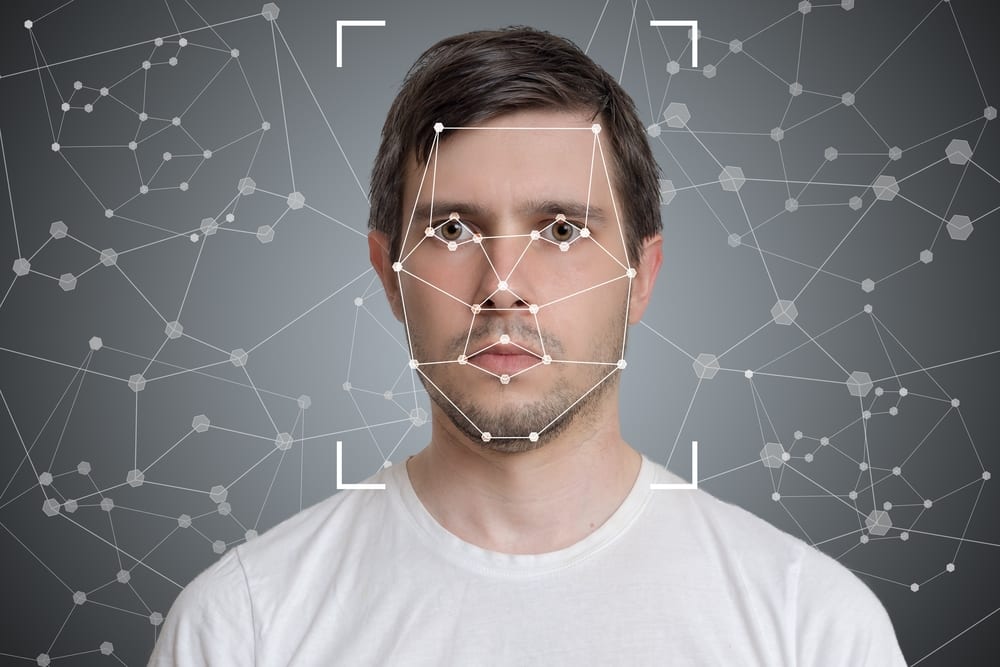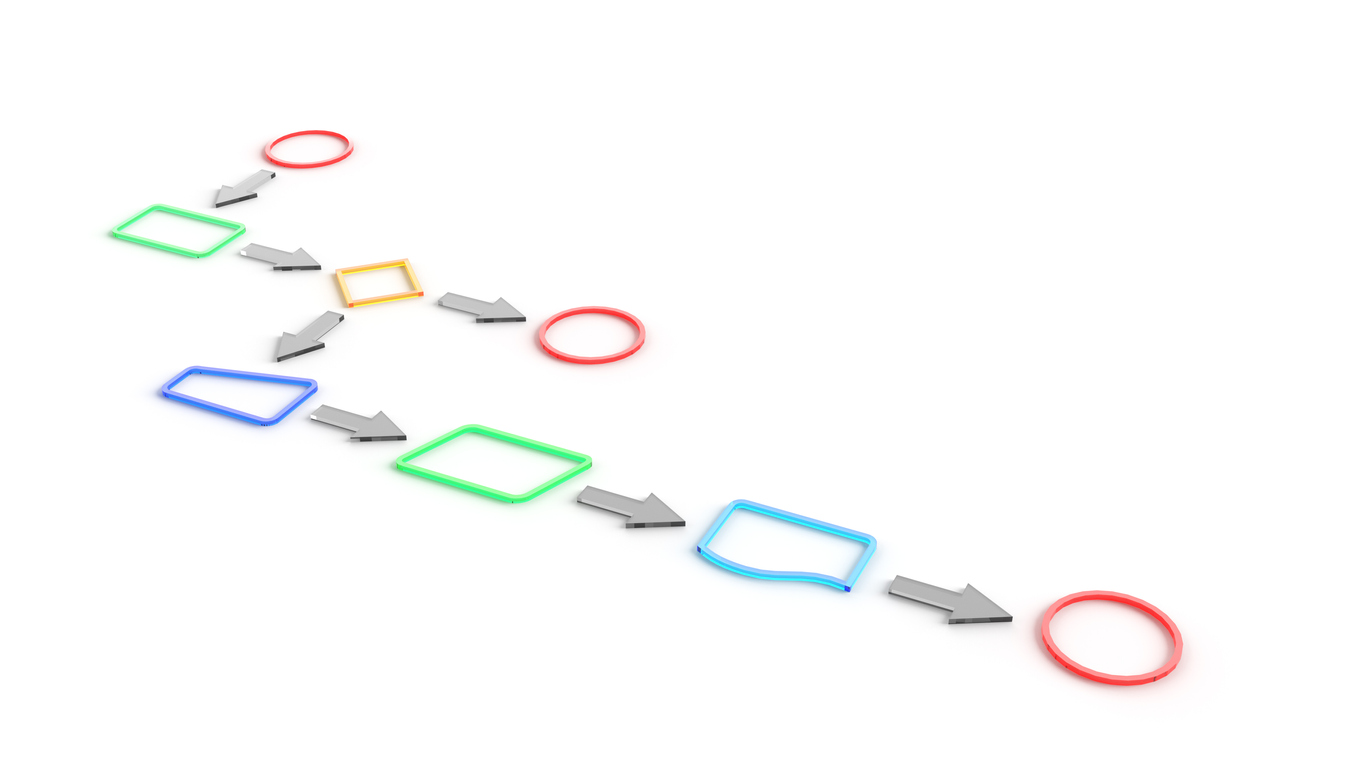- What is Computer Vision?
- Examples of Computer Vision and Algorithms
- How does Computer Vision Work?
- Why is Computer Vision Important?
- Origin of Computer Vision
- Computer Vision Basic Functions
- How to learn Computer Vision?
- How to become a Computer Vision Engineer?
- Which language is best suited for computer vision?
- Applications of Computer Vision
- Computer Vision Challenges
- Future of Computer Vision
- FAQs Related to Computer Vision
What is Computer Vision?
Computer vision is a field of study which enables computers to replicate the human visual system. It’s a subset of artificial intelligence which collects information from digital images or videos and processes them to define the attributes. The entire process involves image acquiring, screening, analysing, identifying and extracting information. This extensive processing helps computers to understand any visual content and act on it accordingly. You can also take up a computer vision course for free to understand the basics under Artificial intelligence domain.
Computer vision projects translate digital visual content into explicit descriptions to gather multi-dimensional data. This data is then turned into computer-readable language to aid the decision-making process. The main objective of this branch of artificial intelligence is to teach machines to collect information from pixels.

Examples of Computer Vision and Algorithms
Automatic cars aim at reducing the need for human intervention while driving, through various AI systems. Computer vision is part of such a system which focuses on imitating the logics behind human vision to help the machines take data-based decisions. CV systems will scan live objects and categorise them, based on which the car will keep running or make a stop. If the car comes across an obstacle or a traffic light, it will analyse the image, create a 3D version of it, consider the features and decide on an action- all within a second.
How does Computer Vision Work?
Computer Vision primarily relies on pattern recognition techniques to self-train and understand visual data. The wide availability of data and the willingness of companies to share them has made it possible for deep learning experts to use this data to make the process more accurate and fast.
While machine learning algorithms were previously used for computer vision applications, now deep learning methods have evolved as a better solution for this domain. For instance, machine learning techniques require a humongous amount of data and active human monitoring in the initial phase monitoring to ensure that the results are as accurate as possible. Deep learning on the other hand, relies on neural networks, and uses examples for problem solving. It self-learns by using labeled data to recognise common patterns in the examples.
Get a deeper understanding of AI!
Check out our blog on Types of Neural Networks and Definition of Neural Network.
Why is Computer Vision Important?
From selfies to landscape images, we are flooded with all kinds of photos today. According to a report by Internet Trends, people upload more than 1.8 billion images every day, and that’s just the number of uploaded images. Imagine what the number would come to if you consider the images stored in phones. We consume more than 4,146,600 videos on YouTube and send 103,447,520 spam mails everyday. Again, that’s just a part of it – communication, media and entertainment, the internet of things are all actively contributing to this number. This abundantly available visual content demands analysing and understanding. Computer vision helps in doing that by teaching machines to “see” these images and videos.
Additionally, thanks to easy connectivity, the internet is easily accessible by all today. Children are especially susceptible to online abuse and “toxicity”. Apart from automating a lot of functions, computer vision also ensures moderation and monitoring of online visual content. One of the main tasks involved in online content curation is indexing. Since the content available on the internet is mainly of two types, namely text, visual, and audio categorisation becomes easy. Computer vision uses algorithms to read and index images. Popular search engines like Google and Youtube use computer vision to scan through images and videos to approve them for featuring. By way of doing so, they not only provide users with relevant content but also protect against online abuse and “toxicity”.
Origin of Computer Vision
Computer vision is not a new concept; in fact, it dates back to the 1960s. It all started with an MIT project -“Summer Vision Project” which analysed scenes to identify objects. David Marr, the celebrated neuroscientist, laid down the building blocks of computer vision, taking a cue from the functions of the cerebellum, hippocampus, and cortex of human perception. He has been dubbed the father of computer vision since, and the field has evolved to include much more complicated functionalities.
Computer Vision Basic Functions

How to learn Computer Vision?
Depending on the uses, computer vision has the following uses:
- Laying the Foundation: Probability, statistics, linear algebra, calculus and basic statistical knowledge are prerequisites of getting into the domain. Similarly, knowledge of programming languages like Python and MATLAB will help you grasp the concepts better.
- Digital Image Processing: Learn how to compress image and videos using JPEG and MPEG files. Knowledge of basic image processing tools like histogram equalisation, median filtering and more are required. Once you know the basics of image processing and restoration, you will be ready to pick up the more critical skills of computer vision.
- Machine Learning Basics: Knowledge of Convoluted Neural Networks, fully connected neural networks, support vector machines, recurrent neural networks, generative adversarial network, and autoencoders are necessary to get started with computer vision.
- Basic Computer Vision: The next step in the process is to decode the mathematical models involved in the image and video formulations. Once you understand how pattern recognition and signal processing works, you can get into advanced learning.
How to become a Computer Vision Engineer?
Computer vision engineers are in high demand in the market today, thanks to the enormous amount of visual content that needs to be worked upon.
What exactly does a Computer Engineer do?
- A computer vision engineer creates and uses vision algorithms to work on the pixels of any visual content (images, videos and more)
- They use a data-based approach to develop solutions.
- They usually come with a background in AIML and have experience working on a variety of systems, including segmentation, machine learning, and image processing.
If you want to become a computer vision engineer, you need to pick up the basic skills of the domain and work on projects that will give you a hands-on experience of industry-relevant problem-solving. Great Learning’s Deep Learning certificate program introduces you to all the basics of the domain and sets you on the path of becoming a computer vision engineer.
Job Description of Computer Vision Engineer
The ideal candidate must have a sound knowledge of machine learning algorithms, principles and their application. He/she should have experience working on Deep Learning architectures like CNN, GAN, , and more. He/she should also be familiar with deep learning frameworks like TensorFlow and PyTorch. He/she must also have a good understanding of object detection and models like YOLO, RCNN, Mask-RCNN and more.
Requirements in Computer Vision Engineers
- Knowledge of process automation and AI pipeline designing.
- 1+ years of experience in Artificial Intelligence projects
- Programming skills (Python, C++, MATLAB) is a must
- Ability to drive projects independently and with the team
- Working knowledge of tools like git, docker etc.
- Excellent written and verbal communication skills
- Degrees in computer science, electrical engineering preferred
Which language is best suited for computer vision?
We have several programming language choices for computer vision – OpenCV using C++, OpenCV using Python, or MATLAB. However, most engineers have a personal favourite, depending on the task they perform. Beginners often pick OpenCV with Python for its flexibility. It’s a language most programmers are familiar with, and owing to its versatility is very popular among developers.
Computer vision experts recommend Python for the following reasons:
- Easy to Use: Python is easy to learn, especially for beginners. It is one of the first programming languages learnt by most users. This language is also easily adaptable for all kinds of programming needs.
- Most Used computing language: Python offers a complete learning environment for people who want to use it for various kinds of Computer Vision and Machine Learning experiments. Its numpy, scikit-learn, matplotlib and OpenCV provides an exhaustive resource for any computer vision applications.
- Debugging and Visualisation: Python has an in-built debugger, ‘PDB’ which makes debugging codes in this programming language more accessible. Similarly, Matplotlib is a convenient resource for visualisation.
- Web Backend Development: Frameworks like Django, Flask, and Web2py are excellent web page builders. Python is compatible with these frameworks and can be easily tweaked to fit your requirements.
MATLAB is the other programming language popular with computer experts. Let’s look into the advantages of using MATLAB: - Toolboxes: MATLAB has one the most exhaustive toolboxes; whether it is a statistical and machine learning toolbox, or an image processing toolbox, MATLAB has one included for all kinds of needs. The clean interfaces of each of these toolboxes enables you to implement a range of algorithms. MATLAB also has an optimisation toolbox which ensures that all algorithms perform at their best.
- Powerful Matrix Library: Images and other visual content contains multi-dimensional matrices along with linear algebra in different algorithms which becomes easier to work within MATLAB. The linear algebra routines included in MATLAB work fast and effective.
- Debugging and Visualisation: Since there is a single integrated platform for coding in MATLAB, writing, visualising and debugging codes become easy.
- Excellent Documentation: MATLAB enables you to document your work adequately so that it is accessible later. Documentation is essential not just for future reference but also to help coders work faster. MATLAB’s documentation allows users to work twice the speed of OpenCV.
Computer Vision experts also gravitate towards OpenCV for the following reasons:
- Zero Cost: OpenCV comes at free of cost and what’s better than saving a little money? You can use it for commercial applications, even check the source for corrections. The most significant advantage of using OpenCV is that you don’t have to make your project open source.
- Exhaustive Library: OpenCV has the most extensive collection of algorithms. The transparent API makes OpenCL devices compliant on devices and optimises performance.
- Platform and Devices: A number of embedded vision applications and mobile apps prefer OpenCV as their vision library of choice for its performance-focused design. You can use it across all platforms and devices.
- Large Community: OpenCV is used by over 9 million people who are continually updating and helping each other through blogs and forums. A significant advantage of using OpenCV is that you will always find support from the community. Since companies like Google, Intel and AMD fund its development, OpenCV is evolving fast.
Applications of Computer Vision
- Medical Imaging: Computer vision helps in MRI reconstruction, automatic pathology, diagnosis, machine aided surgeries and more.
- AR/VR: Object occlusion (dense depth estimation), outside-in tracking, inside-out tracking for virtual and augmented reality.
- Smartphones: All the photo filters (including animation filters on social media), QR codes scanner, panorama construction, Computational photography, face detectors, image detectors (Google Lens, Night Sight) that you use are computer vision applications.
- Internet: Image search, geolocalisation, image captioning, ariel imaging for maps, video categorisation and more.
Find the perfect data for your computer vision projects through our blog on Free Data Sets for Analytics/Data Science Project today
Computer Vision Challenges
Computer vision might have emerged as one of the top fields of machine learning, but there are still several obstacles in its way of becoming a leading technology. Human vision is a complicated and highly effective system which is difficult to replicate through technology. However, that’s not to say that computer vision will not improve in the future.
Challenges we face in Computer Vision
- Reasoning Issue: Modern neural network-based algorithms are complex system whose functionings are often obscure. In situations like these, it becomes tough to find the logic behind any task. This lack of reasoning creates a real challenge for computer vision experts who try to define any attribute in an image or video.
- Privacy and Ethics: Vision powered surveillance is a serious threat to privacy in a lot of countries. It exposes people to unauthorised use of data. Face recognition and detection is prohibited in some countries because of these problems.
- Fake Content: Like all other technologies, computer vision in the wrong hands can lead to dangerous problems. Anybody with access to powerful data centres is capable of creating fake images, videos or text content.
- Adversarial Attacks: These are optical illusions for the computer. When an attacker creates a faulty machine learning model, they intend the machine using it to fail. These flawed models are difficult to identify and can cause serious damage to any system.
Future of Computer Vision
Computer vision is a fast-developing field and has gathered a lot of attention from various industries. It will be able to function on a broader spectrum of content in the future. The domain already enjoys a steady market of 2.37 million US dollars and is expected to grow at a 47% CAGR till 2023. With the amount of data we are generating every day, it’s only natural that machines will use that data to craft solutions.
Once computer vision experts can resolve the current problems of the domain, we can expect a trustworthy system that automates content moderation and monitoring. With corporate giants like Google, Facebook, Apple and Microsoft investing in computer vision, it’s only a matter of time before it takes over the global market. Upskill in this domain to make the most of this disruptive economy. Thus, we wrap up with this quick introduction to computer vision. Hope you enjoyed the blog and if you did, please share and comment your thoughts below.
FAQs Related to Computer Vision
– How computer vision works?
Computer vision works by trying to mimic the human brain’s capability of recognising visual information. It uses pattern recognition algorithms to train machines on a large amount of visual data. The machine/ computer then processes input images, labels the objects on these images, and finds patterns in those objects.
– What are the examples of computer vision?
The examples of computer vision are:
- Self-driving cars
- Disaster relief by mapping high vulnerability areas
- Image qualification techniques to automate quality control in agriculture
- Improved diagnosis in healthcare
- Face recognition for security
- Inventory management and merchandise placement in retail
- Verification with face recognition in banking and financial institutions
- Monitoring student behaviour in classrooms
- Waste management through object detection
– What are the applications of computer vision?
Computer Vision has its applications across industries. Some of these applications are:
- Defect detection
- Metrology
- Intruder Detection
- Assembly verification
- Screen reader
- Code and character reader (OCR)
- Computer Vision with robotics for bin picking
– What is the use of computer vision?
Computer vision is used to enable computers to see and analyze surroundings as humans see. It is used across industries from retail to agriculture and security and has various applications such as self-driven cars, facial recognition, object detection and more.
– How can I learn computer vision?
You can check out the free course on computer vision at Great Learning Academy to start with the basics of computer vision. There are also many videos on Great Learning’s youtube channel which are again free and have good quality content.
– Is Computer Vision Easy?
This is a subjective question and the answer depends on the acumen, experience, prior knowledge, and the interest of the individual in the subject. Overall, computer vision is fairly easy for freshers too who have no prior knowledge of the subject but have basic knowledge of artificial intelligence and deep learning technologies. You can start learning online with free tutorials and if you need more help you can sign up for guided programs.
– Is computer vision accurate?
Today’s computer vision systems have achieved an accuracy level of 99% which was a mere 50% a decade ago. So yes, computer vision is pretty accurate.
– What is the future of computer vision?
Computer Vision will play a crucial role in developing artificial general intelligence and artificial superintelligence. It will help them with the ability to process information as well as humans do, or even better.
– How can computer vision help the world?
Computer vision can help the world in various ways:
- Unmanned aerial vehicles for delivering supplies in emergency scenarios
- Facial recognition for security at public places and military applications
- Optical character recognition fr processing text
- Gesture recognition to raise red flags against miscreants in public places
- Disaster control











